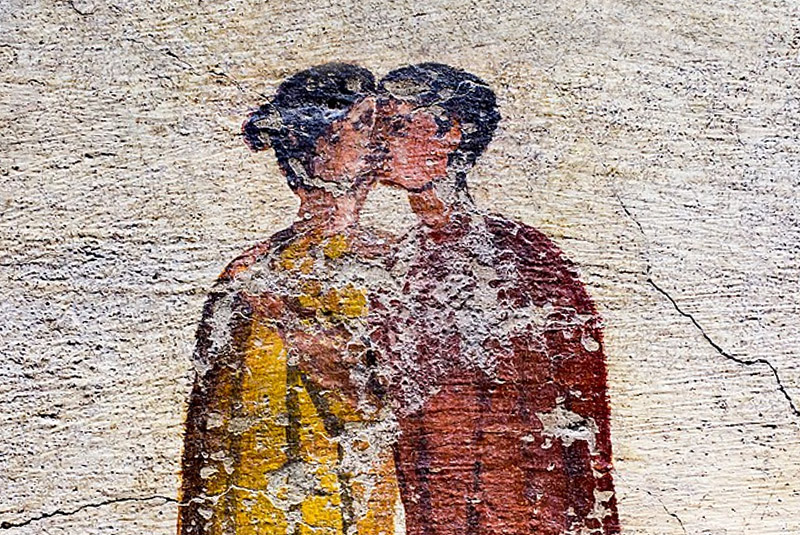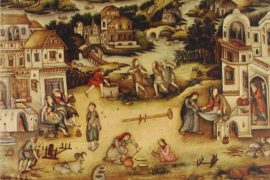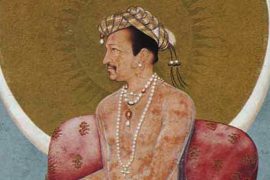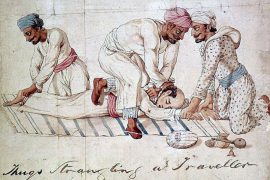No gesture of affection seals it like a kiss. Whether romantic or platonic, kissing is the hallmark of trust. There used to be a time, however, when entire communities of people did not know what kissing was. The Indians did, though. And the Rigveda is proof.
In West Africa, there is a custom where the Africans smell the body of a dead relative. This could be the equivalent of a kiss. Kissing through smell is unheard of in today’s times. However, apart from the Africans, the Mongols, the Malays and those belonging to North-East India, instead of kissing, sniffed one another.
In the Vedas, too, the kiss is referred to as “smell.” According to a Vedic ritual, a father is supposed to “sniff” the head of his newborn three times, just like a cow sniffs at its young. The word “kiss” appears much later. It does not, however, replace the word “sniff.”
Originally, in the Atharva Veda, the word “smell” meant to touch. This can be inferred from the fact that humans do not smell with their mouths. In the Rigveda, too, the word implied touching of lips. The word “kiss” was mentioned properly only after the Vedic period.
-30-
Copyright©Madras Courier, All Rights Reserved. You may share using our article tools. Please don't cut articles from madrascourier.com and redistribute by email, post to the web, mobile phone or social media.Please send in your feed back and comments to [email protected]











